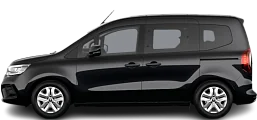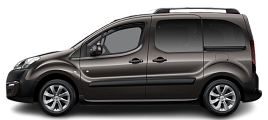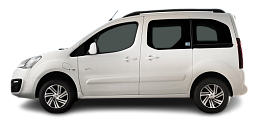Renault Kangoo Z.E. (E-Tech) 33 Maxi
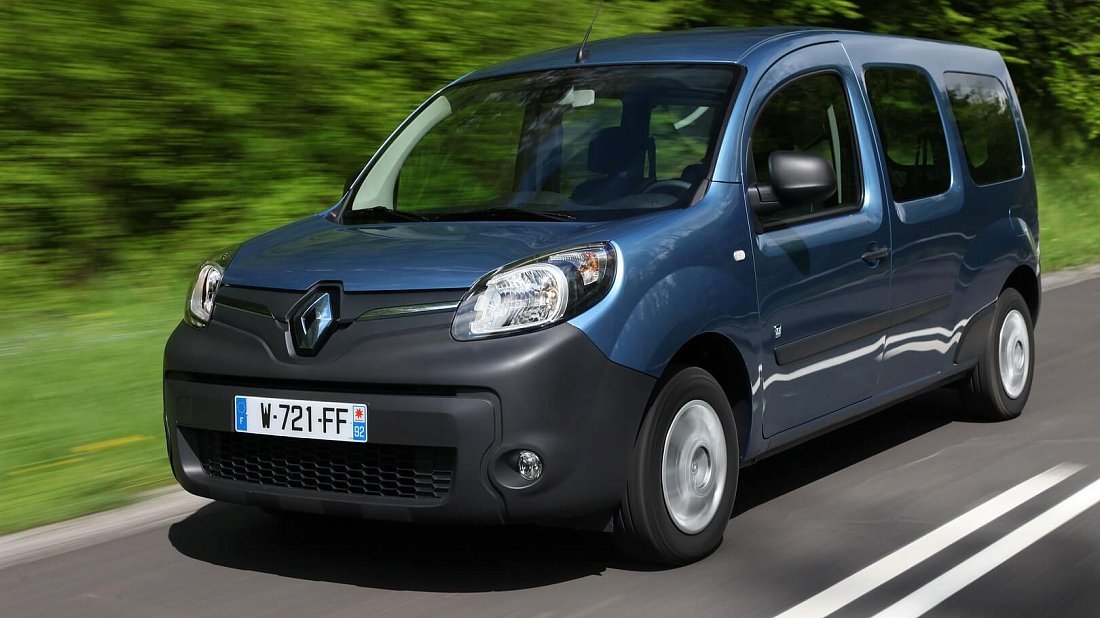
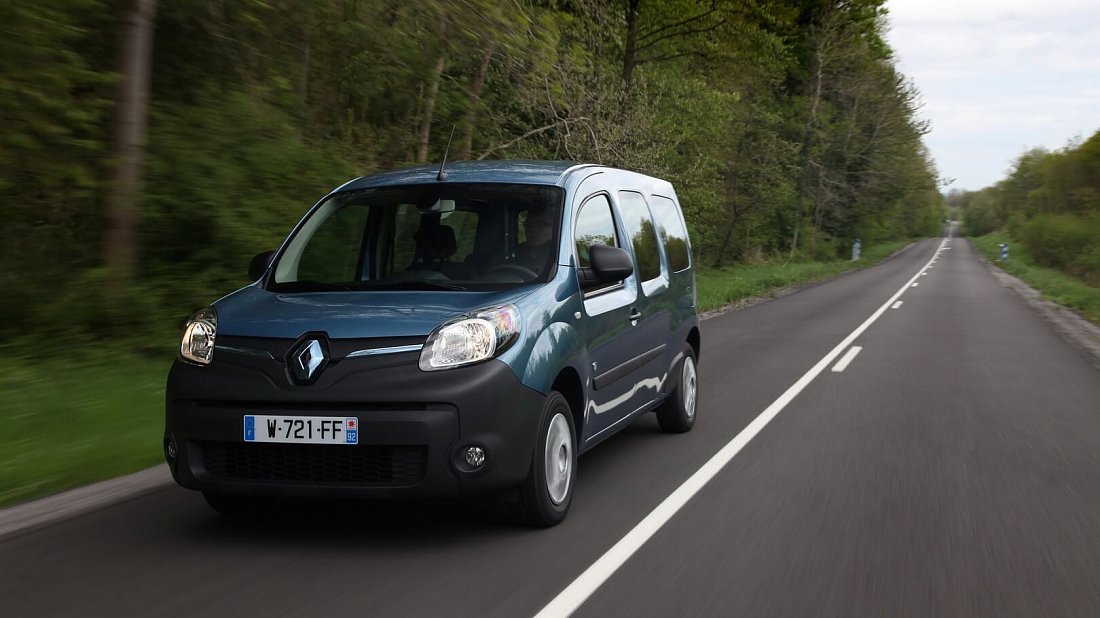
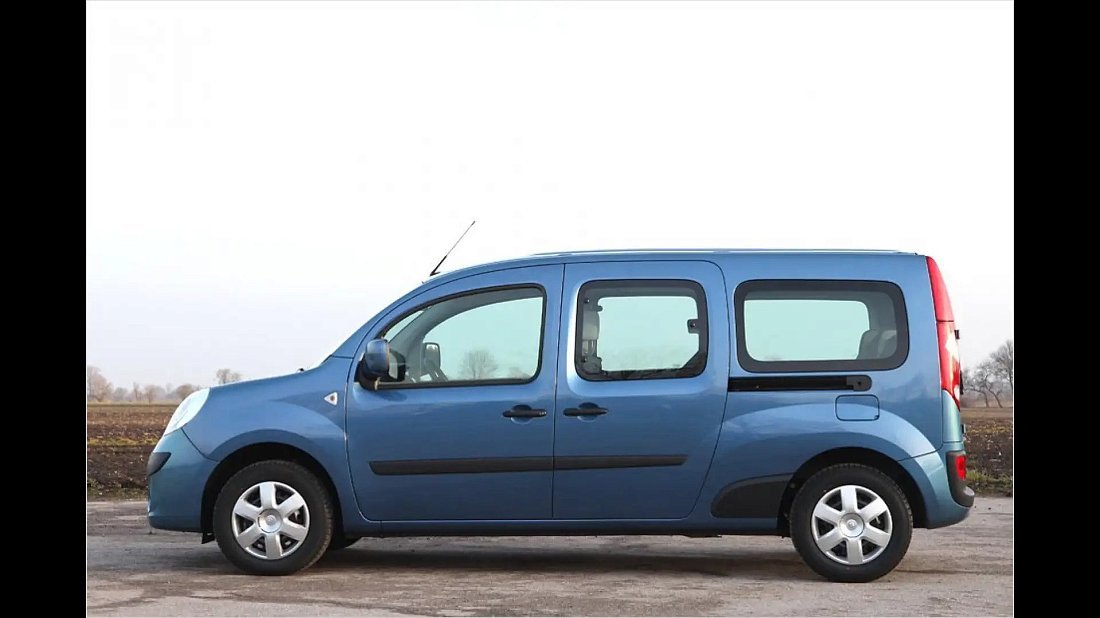
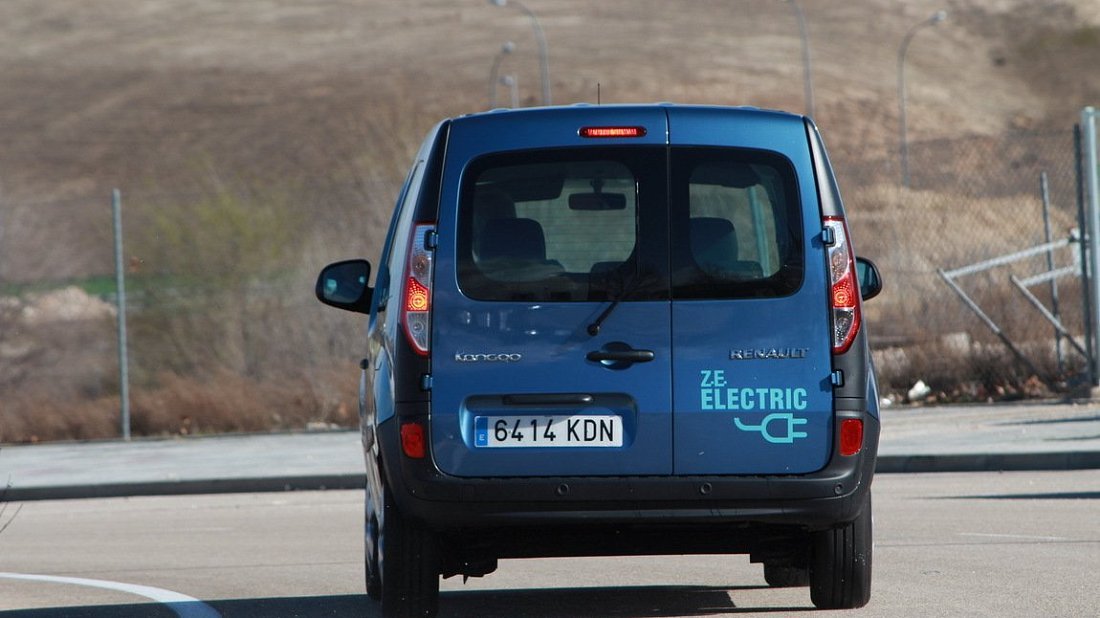
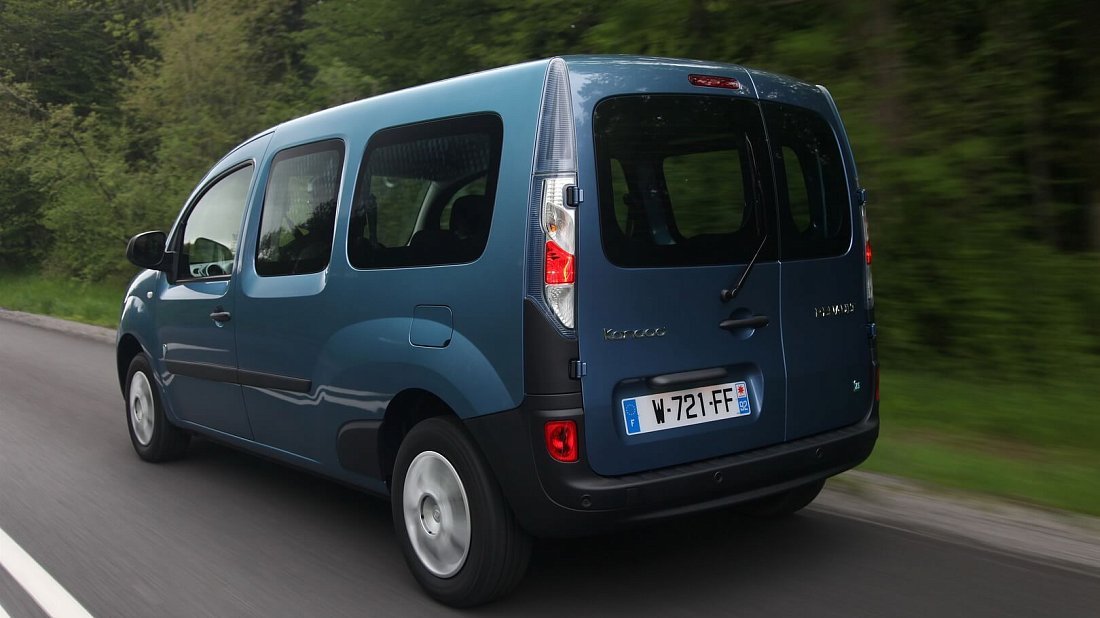
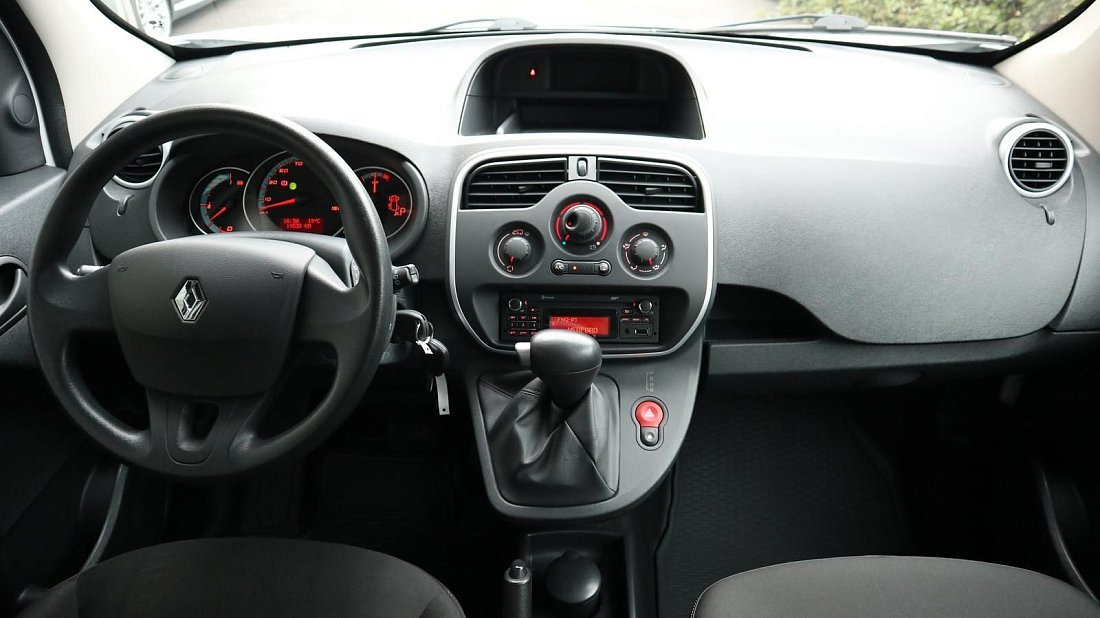
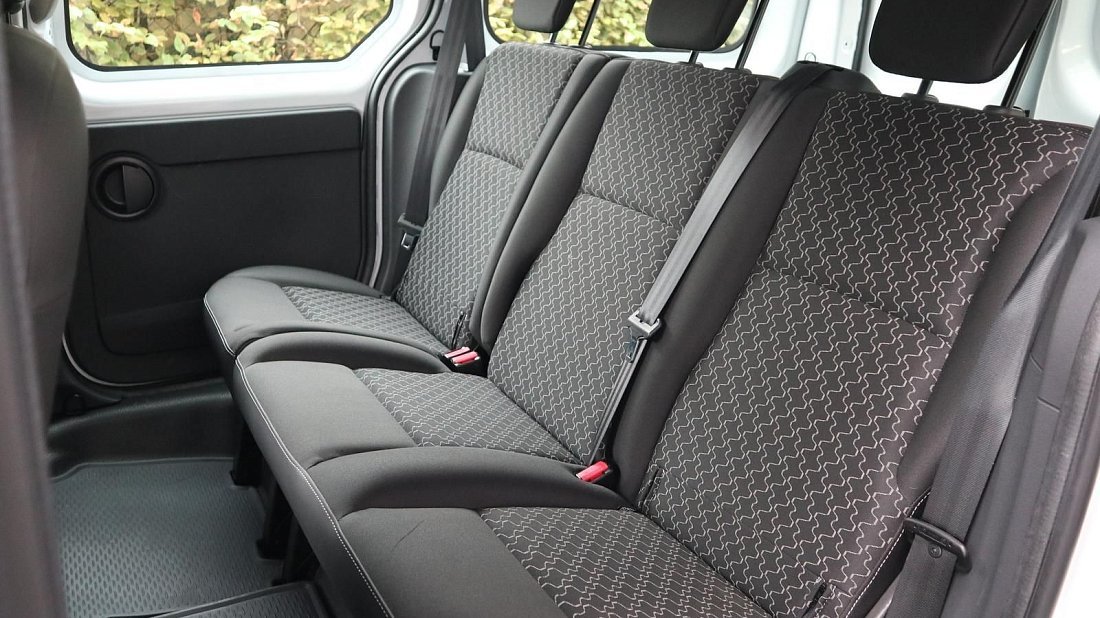
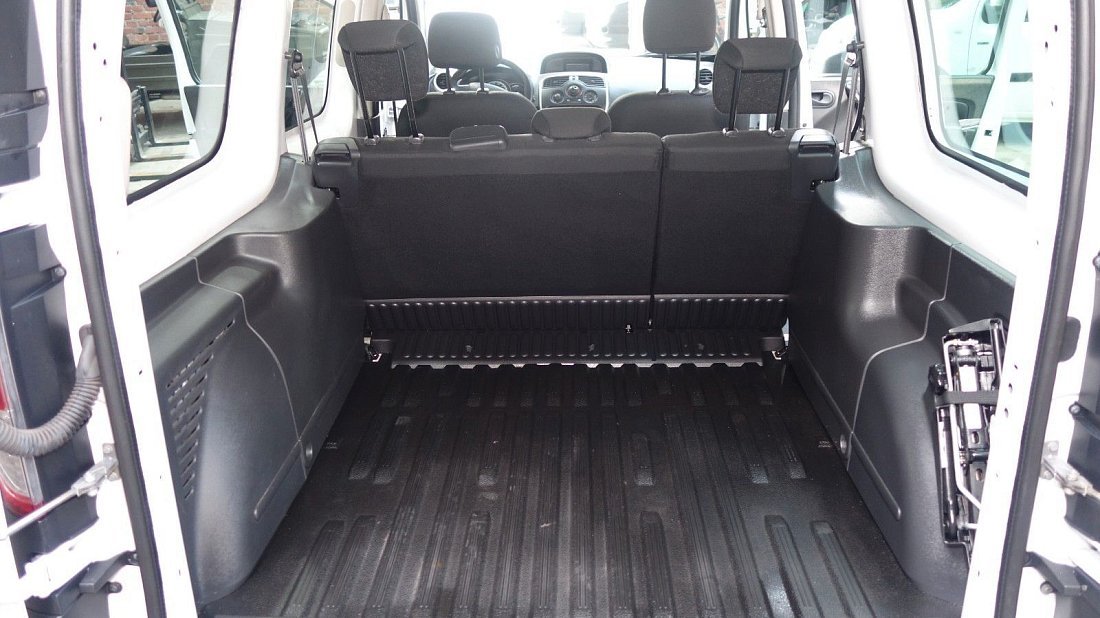
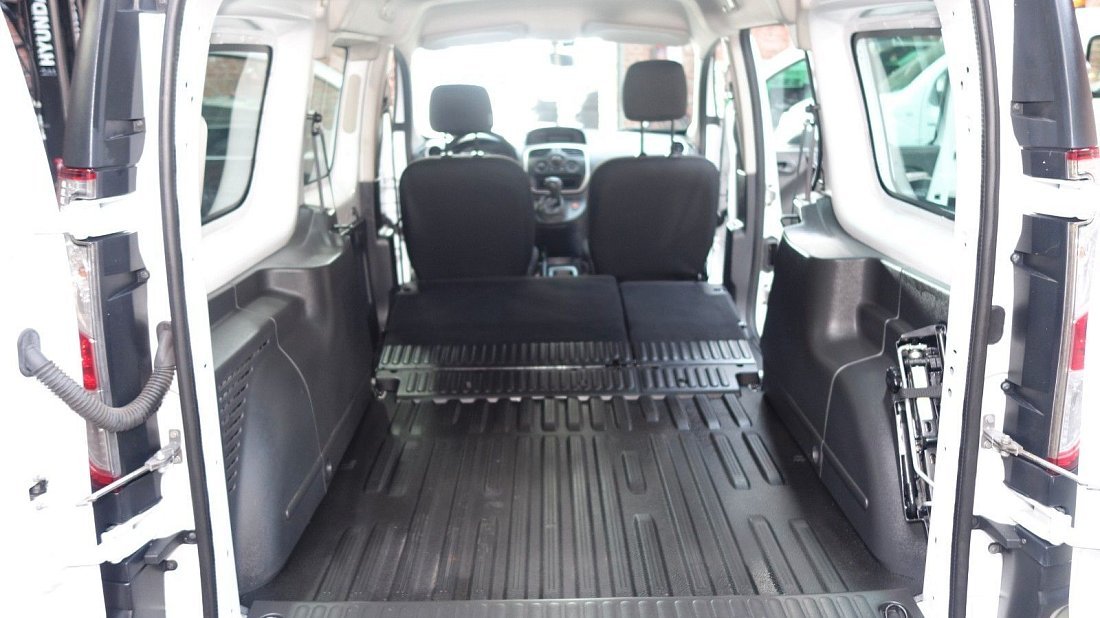
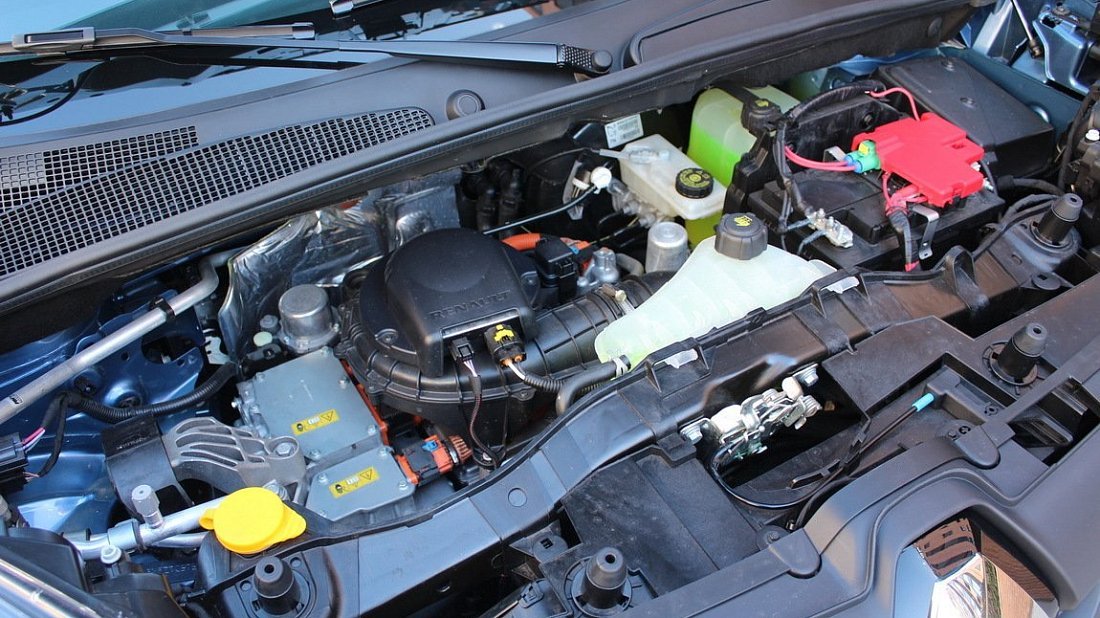

Overview
Main Overview Information
- Price USA (New)
- No Data
- Price USA (Used)
- No Data
- Country of Manufacture
-
- France
![France]()
- France
- Years of Production
- 2017-2022 (Discontinued)
- Body Style
- Minivan
![]()
- Market Availability
- EU
Pros and Cons
Reasons to Buy
- Vast cargo capacity.
- Practical van utility.
- Efficient urban performer.
- Five-seat practicality.
Reasons Not to Buy
- Not sold stateside.
- Glacial acceleration.
- Likely slow charging.
- Discontinued model.
Overview
The 2022 Renault Kangoo Z.E. (E-Tech) 33 Maxi was a no-nonsense electric workhorse, a proper panel van alternative with an eco-conscience, even if it never officially graced US shores. This 'Maxi' version, marking the end of its production run in 2022, was all about maximizing space and practicality on a budget. Think of it as the sensible shoes of the EV world – not flashy, but gets the job done! Pricing data for new or used models in the US market isn't available as per the provided information, reflecting its European focus.
What's New for 2022?
For 2022, the Kangoo Z.E. 33 Maxi was essentially rolling into its final year of production, representing the most refined version of this particular generation. The key '33' in its name points to its 33 kWh (nominal) battery pack, which offered a significant usability boost over earlier iterations. While not brand-spanking new for '22 itself, this larger battery was the main event for this variant, making it a more viable option for businesses and families needing that extra bit of electric range for daily duties before its discontinuation.
Design & Exterior
Forget sleek lines; the Kangoo Z.E. 33 Maxi is unashamedly a box on wheels, designed for pure function. Its van DNA screams practicality, with a purposeful stance. This 'Maxi' trim stretches things out to a lengthy 183.7 inches, stands 70.9 inches tall, and spans 72 inches wide (mirrors tucked in), promising ample interior volume. Exterior frills are minimal – expect robust materials and simple lighting, fitting its work-ready persona. It’s all about getting the maximum cube for your buck, not turning heads at the valet.
Interior, Tech & Cargo
Step inside the Kangoo Z.E. 33 Maxi and you'll find a cabin built for durability rather than luxury. Hard-wearing plastics are the order of the day, but it’s all very functional with decent passenger space for its five occupants. The real party trick is the cargo hold: a whopping 45.9 cubic feet with the seats up, expanding to an enormous 120.1 cubic feet when they're folded down! No frunk, though. Tech is likely basic, focusing on essentials; don't expect massive touchscreens, but a simple infotainment for core functions.
Performance & Driving Experience
Don't expect to win any drag races in the Kangoo Z.E. 33 Maxi; its 0-60 mph saunter takes a leisurely 21.8 seconds. The single Permanent Magnet Synchronous Motor (PMSM) sends 44 kW and a useful 166 lb-ft of instant torque to the front wheels (FWD). This setup is geared for city driving – nippy enough for urban cut-and-thrust, with a generally comfortable ride. Regenerative braking helps eke out extra miles, but performance is all about efficiency and utility, not outright thrills. It’s a workhorse, not a racehorse!
Range, Battery & Charging
The Kangoo Z.E. 33 Maxi packs a 31 kWh usable battery, delivering a real-world range estimated by Green Cars Compare at around 124 miles – decent for daily urban missions. It sips juice at a rate of 4.0 mi/kWh. For charging, its standard 7 kW on-board AC charger can top up the battery from empty in roughly 4.5 to 5 hours. The provided specs don't list DC fast charging capability, suggesting it might be absent or very limited. The European Type 2 (Mennekes) port would require a CCS Type 1 setup for US compatibility.
Safety & Driver-Assistance Features
As the Renault Kangoo Z.E. 33 Maxi was primarily a European commercial-focused vehicle, official US NHTSA safety ratings are not available, and Euro NCAP ratings for this specific final version aren't listed in the provided data. You'd expect essential safety kit like airbags, ABS, and stability control to be standard. However, advanced driver-assistance systems like adaptive cruise control or lane-keeping assist were likely not on the menu for this utilitarian van, especially as standard equipment, reflecting its budget-friendly, practical positioning in the market.
Warranty & Maintenance Coverage
While specific US warranty details are moot since it wasn't sold here, Renault typically offered European Z.E. models with a vehicle warranty around 3 years/60,000 miles and a battery warranty of 8 years/100,000 miles, covering degradation. Powertrain coverage would align with the vehicle's. Being electric, routine maintenance would focus on tires, brakes, and coolant, generally promising lower running costs than a traditional combustion van. However, as a discontinued model, parts and specialized service might become considerations over time for any owner.



 Renault Kangoo Z.E. Maxi (2011-2017)
Renault Kangoo Z.E. Maxi (2011-2017)  Renault Grand Kangoo E-Tech Electric (2024-…)
Renault Grand Kangoo E-Tech Electric (2024-…) 